The first South African airborne unit formed in August 1943 when an Air Force parachute platoon was established. It was disbanded before its training was completed. The first Parachute Battalion was set up under Commandant Willem Louw on 1st April 1961.
This resulted after selected members of the South African Army received training and instruction at RAF Abingdon and the British Parachute Regiment.
Operations by 1 Parachute Battalion (soon nick-named ‘Parabats’) began in South-West Africa (now Namibia) and were to continue along the border with South Africa and Angola for nearly 20 years.
In April 1978 the 44th Parachute Brigade was established with the addition of 2 and 3 Parachute Battalions. This was followed in May by Operation REINDEER, South Africa’s first major conventional airborne operation. All three battalions conducted a parachute assault on a large SWAPO base at Cassinga in Angola, supported by fighter-ground attack aircraft. The operation was successful and due to the heavy SWAPO loss of life, controversial. A last minute helicopter extraction barely saved the force from being overwhelmed by the arrival of a Cuban manned armoured column.
When border operations ceased after 1989 the Brigade was re-rolled to conduct internal South African internal security operations, separating warring factions during a violent build up to democratic elections in April 1994. In 1991 the Brigade deployed by parachute to Natal to quell urban violence during Operation EARDRUM.
Two parachute companies and the pathfinder platoon deployed to Lesotho in September 1998 to prevent a coup d’etat.
In 1998 the 44 Parachute Brigade was re-designated 44 Parachute Regiment. It consists of 1 Parachute Battalion of regulars and two Battalions - 2 and 3 - of reservists; in addition to a pathfinder platoon and brigade supporting arms and services.
South African Airborne Forces
Newsletter Signup
Donate
Donate
Make a donation to Airborne Assault ParaData to help preserve the history of The Parachute Regiment and Airborne Forces
The Airborne Shop
The Airborne Shop
The Airborne Shop is the official shop of Support Our Paras (The Parachute Regiment Charity RCN1131977).
Profits from all sales made through our shop go directly to Support Our Paras, so every purchase you make with us will directly benefit The Parachute Regiment and Airborne Forces.

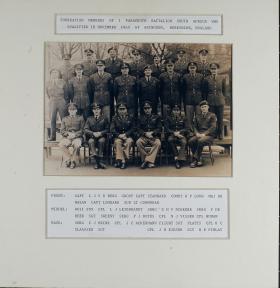
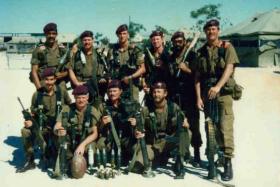
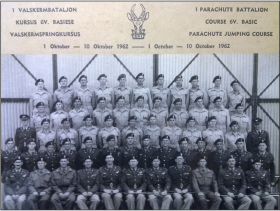
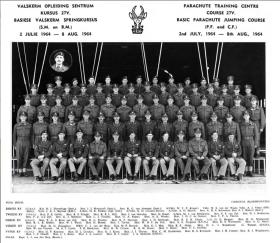
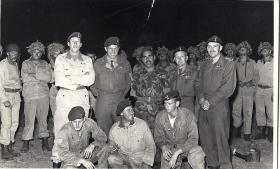
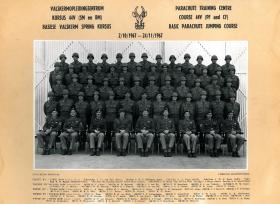
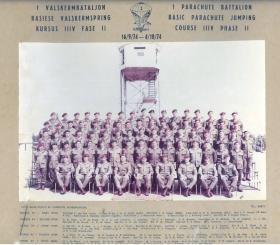
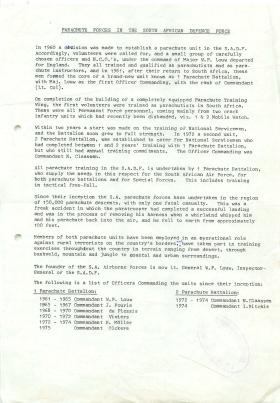
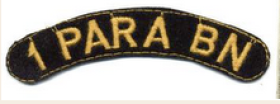


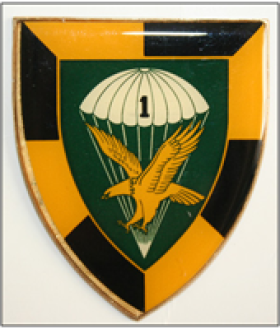
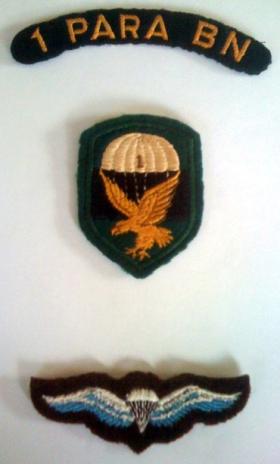
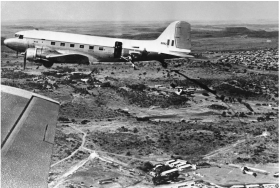
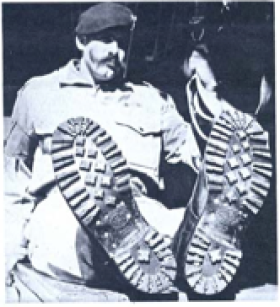
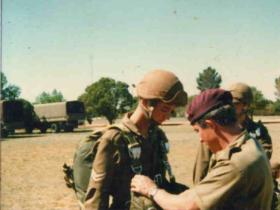
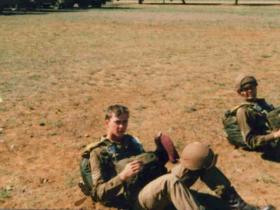
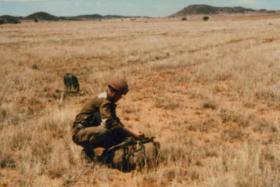
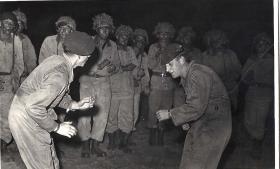
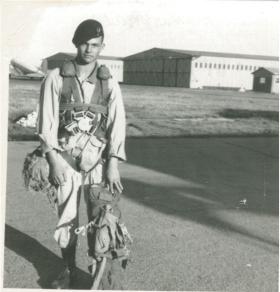
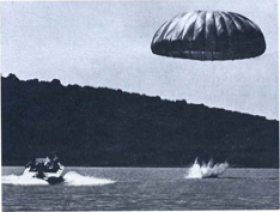

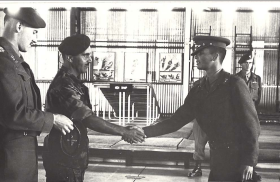
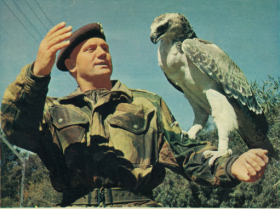
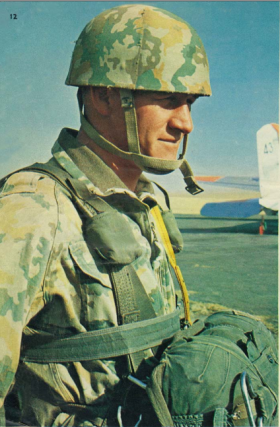
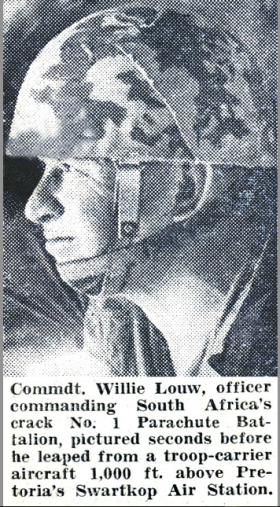
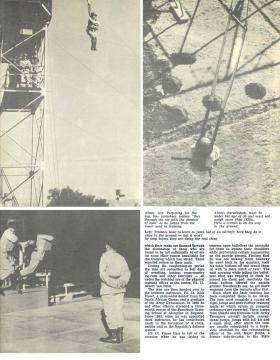
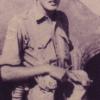



Latest Comments
There are currently no comments for this content.
Add Comment
In order to add comments you must be registered with ParaData.
If you are currently a ParaData member please login.
If you are not currently a ParaData member but wish to get involved please register.